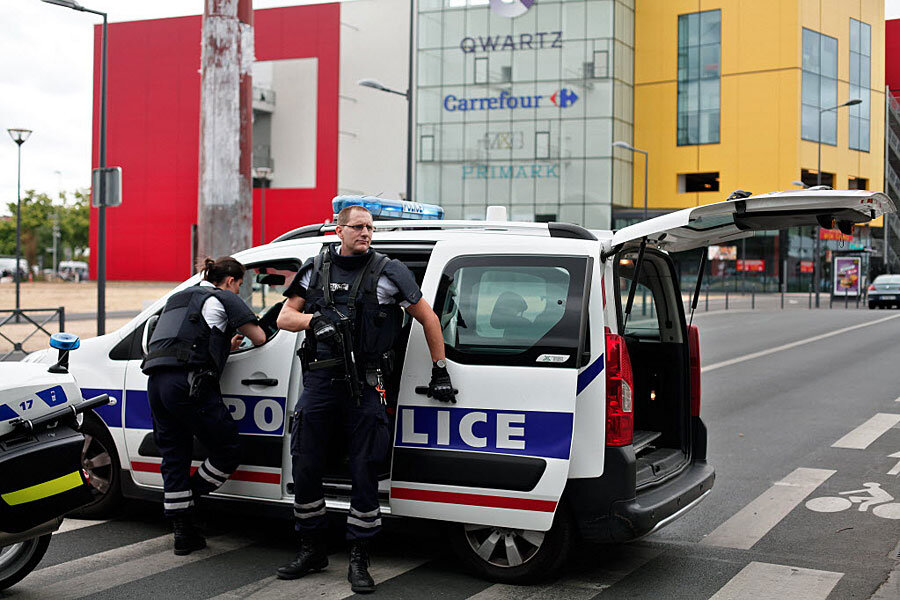Paris mall siege: What should you do in a hostage situation?
Loading...
Eighteen people have been evacuated from a shopping mall outside of Paris after reports of armed men entering the building on Monday morning, reported BBC News.
As of Monday morning, it was still unclear if anyone in the mall had been taken hostage or if anyone had been hurt. But local police told the BBC they believed it was an armed robbery, not an attack:
“At around 06:30 (04:30 GMT), two or three armed criminals went into the Primark store for what we think was initially an attempt at armed robbery.”
Almost exactly six months ago, armed men took 19 people hostage in a Paris kosher grocery store. Four hostages were killed and 15 survived after a standoff between an armed militant and police, reported CNN. The gunman was believed to have connections with the brothers suspected of carrying out the massacre at the French satirical magazine Charlie Hebdo, in which 12 people were shot and killed.
Roughly a month before the attacks in Paris, a hostage situation in a Sydney café left two of the 17 hostages dead.
And, in a more extreme example, Al Shabaab militants killed at least 61 people and injured over 170 in a four-day siege on a mall in Nairobi, Kenya in September 2013, as The Independent reported.
So what should you if you’re caught in a hostage situation?
Wallace Zeins, a retired New York Police Department detective sergeant and negotiator told ABC News there are four different types of hostage-takers: terrorist, prison inmate, professional criminal, and emotionally disturbed person. Identify what category your hostage-taker fits into.
According to Mr. Zeins the first half hour of a hostage-taking is usually when most hostages are killed, he calls this the “panic reaction.”
He gives several tips for survival:
- Remain calm. Zeins says, “Calmness is contagious, and that’s because nobody else is calm in this situation. Keep in mind that you have to acknowledge the hostage-taker’s emotions. Avoid being someone that is proactive and aggressive. Always try to speak slowly, softly, and clearly to the hostage-taker. Even the hostage negotiator cannot be judgmental; he must use soothing words.”
- Be observant and recognize clues around you. “Do the doors in the room open inward or out? Put together a description of the hostage-taker and what he’s wearing. Does he have a weapon? Which hand is it in? Is he alone?”
- Speak only when spoken to. “The hostage has no value to the criminal,” Zeins said. “The hostage is only a tool to get what he wants from the authorities. You should treat the hostage-taker like royalty. Avoid being aggressive, and discard items he would consider a threat.”
- Don’t try to escape or be a hero. Zeins says, “Don’t try to think that you could physically take that person out. Keep in mind it’s just as much in the criminal’s interest as it is yours to not let the situation go violent.”
- If the police enter, hit the ground. “Stay low. [The police] are going to (shoot) for the largest body mass – from the waist up.”






